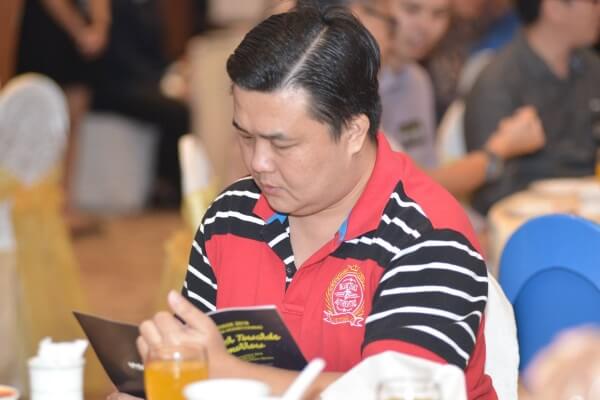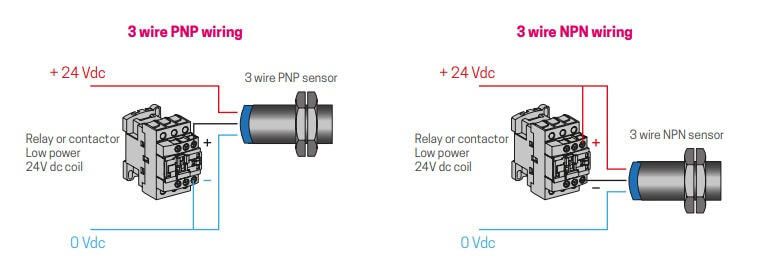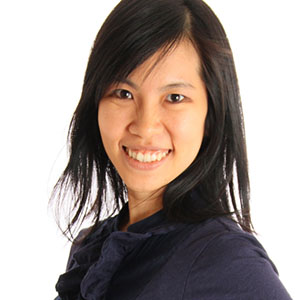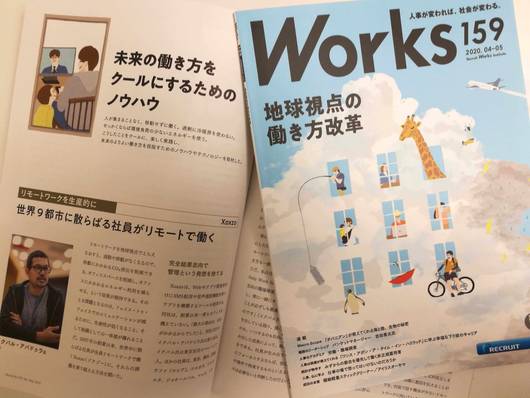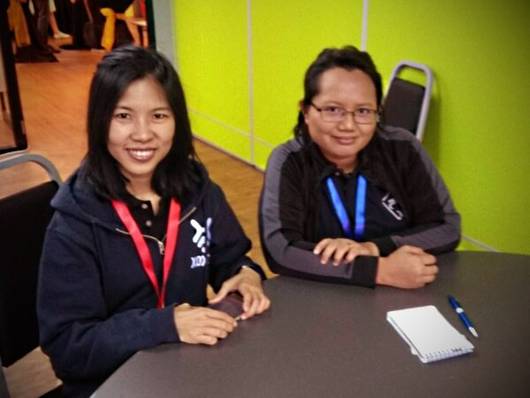I had a chat with Chong Jiun Yeun over the phone for him to share some insights from his experience. He had started his first job as an engineer in GP Batteries, and is currently the lead service engineer in Goal Jet Technology, which provides system integration service in machine control and automation to manufacturing plants. He is specialized in ladder logic programming, with 15 years of industrial experience in this field.
How did you start to get into computing? What was the first program that you wrote?
I took the electrical engineering stream in high school, one of my first assignments was to design a flashing light emitting diode (LED) circuit using an 8051 micro-controller. A common application for this is the flashing lights that we see in Christmas tree decorations.
What factors made you stay in the automation industry for so long?
To build on my specialized skills and reuse my experience, it takes many years to master a technical skill in-depth, so I would like to put my experience to good use. I like the challenges to grow with the latest developments in the industry.
What programming language do you specialize in?
I had used assembly language for microprocessors, C, and Java before. Now I specialize in ladder logic programming on Programmable Logic Controllers (PLCs).
I specialize in programming Japanese made PLC brands, such as: Mitsubishi, Omron, and Keyence. They generally differ from European made PLCs, in the way that they are commonly connected to NPN type of sensors, also known as the 'sinking' type; while the wiring is known as negative logic, connecting between the +24 volt direct current (red cable) and the common input/output port (black cable), hence having the output as the negative polarity.
What are the contributions of your company’s solutions to the industry?
We help our clients in the manufacturing industry to automate their processes. We create human-machine-interface (HMI) with touch screens, using PLCs to control their machines, the basic functions may include: start, stop, forward, and reverse.
For some of our clients, such as Epson Precision that manufactures watches, and Sumitomo Electric that manufactures high quality cables to be used in the electronic control boards of cars, precision is an important requirement. The control logic is the same, but due to the size of the hardware being very small, different types of sensors are used, and the programming approach is different.
What are the challenges that PLC programmers face when doing their jobs?
Safety is an important consideration because we program the PLC for machine control in production lines, there are electricity supplies and mechanical parts involved. We must use caution because it has to function perfectly, otherwise it would be dangerous, risk injuring operators or technicians, or risk damaging the machines.
When some PLC models have reached the end-of-life (EOL) of the product lifecycle, the ladder logic in the software control need to be upgraded according to the new replacement model.
Another challenge is to conceptualize the system design, how to fulfill the client’s requirement, how to solve a problem with the hardware features and software capabilities that we know. It is always a challenge to propose a possible solution that we had not executed before but making the best estimation and judging from prior experiences. Then the pressure is on us to deliver the solution to the client.
Are the developers in the automation industry fairly compensated in general?
There is still room for improvement when it comes to the salary of the engineers. On the other hand, we have a low supply of PLC programmers due to a lack of newcomers into the industry, there is still demand.
What do you do when you are not working?
I spend time with my family of four, which also includes my share of house work on weekdays, as well as chauffeuring my children to and back from their enrichment classes on weekends.
